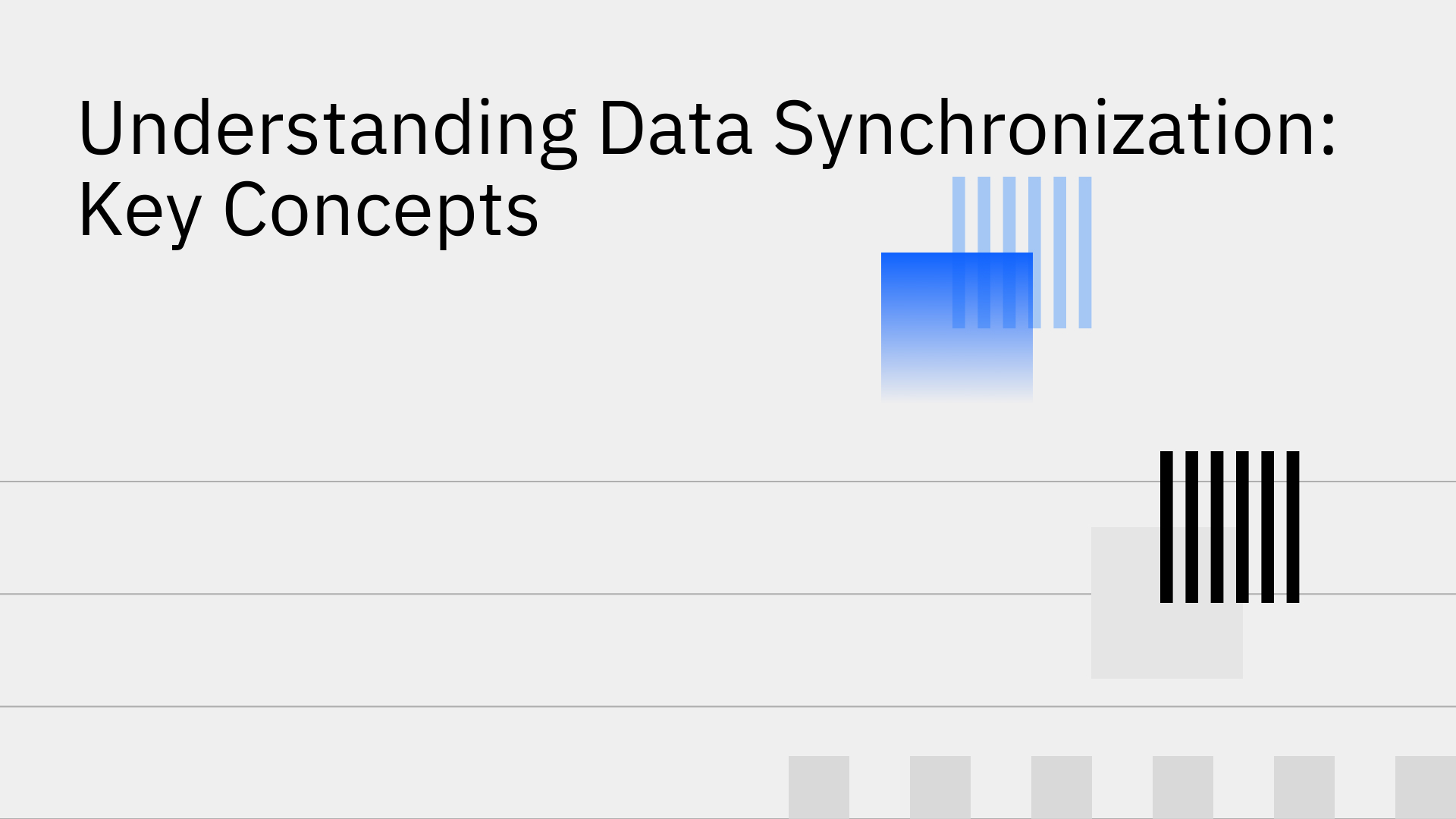
Have you ever faced the operational chaos of outdated data? An inventory count in your NetSuite ERP that doesn't match your Shopify storefront, or customer details that differ depending on which platform you check? When critical operational systems are not perfectly aligned, the result is inefficiency, errors, and significant operational bottlenecks.
This data disparity is a common technical challenge for businesses relying on multiple databases and applications. When your e-commerce platform and your ERP operate in silos, you create friction that impacts revenue and customer experience. Inconsistent or missing data is not just an inconvenience; it's a direct threat to operational integrity.
This is where the technical discipline of data synchronization becomes essential.
Data synchronization is the continuous, automated process of establishing and maintaining data consistency across disparate systems. For a business running on NetSuite and Shopify, this means ensuring that data for orders, inventory, customers, and products is accurate, identical, and up-to-date across both platforms.
Modern enterprises depend on a suite of specialized applications—ERPs like NetSuite for core business processes, e-commerce platforms like Shopify for sales, and CRMs for customer relationships. These systems must communicate seamlessly to function as a cohesive operational unit. This is only possible when a robust synchronization process guarantees accurate, low-latency data transfer between them.
Without a purpose-built data synchronization strategy, organizations inevitably face data inconsistencies. This leads to transaction errors, inaccurate reporting, and financial discrepancies. Effective data synchronization eliminates these issues, streamlining workflows and creating a single source of truth that empowers the entire organization.
Data synchronization is a foundational requirement for any modern e-commerce business. Consider a scenario where your NetSuite ERP indicates 50 units of a product are in stock, but your Shopify store, due to sync latency, still shows 100. A customer places a large order that you cannot fulfill. This is not a minor technical glitch; it is a critical business failure with cascading consequences:
A robust data synchronization strategy eliminates these risks by ensuring every data set is updated across all connected applications in real-time. For businesses aiming to leverage data for strategic advantage, a flawless synchronization process is the key to sustained success and scalability.
Businesses can implement data synchronization in various ways, depending on their specific technical requirements, data security policies, and integration architecture. Here are the main types:
When you connect NetSuite with Shopify, data synchronization moves from a theoretical concept to a powerful operational driver. It automates critical workflows and creates a seamless flow of information.
Orders placed on Shopify are instantly and automatically created in NetSuite. This eliminates manual data entry, reduces order processing time by up to 70%, and minimizes human error, ensuring fulfillment starts immediately [5][2].
Inventory levels are synchronized bi-directionally. When a sale occurs on Shopify, the stock count is updated in NetSuite. When new stock is received in NetSuite, the quantity is immediately updated on the Shopify storefront. This prevents overselling and stockouts, directly improving customer satisfaction [6].
New customer accounts and guest checkout information from Shopify are automatically synced to NetSuite. This creates a single, unified customer record, providing sales and support teams with a complete view of customer history and enabling more effective, personalized engagement [3].
Once an order is shipped from a warehouse managed by NetSuite, the fulfillment status and tracking information are automatically synced back to Shopify, triggering customer notifications. This closes the loop on the customer experience and reduces support inquiries. All financial data is also synced for accurate, automated reconciliation in NetSuite [4].
While the benefits are clear, connecting NetSuite with Shopify presents significant technical challenges, especially when using inadequate tools.
The technical challenges of connecting NetSuite with Shopify—complexity, unreliability, and security risks—are precisely why Stacksync was built. Traditional methods like custom code or generic iPaaS platforms are not purpose-built for the demands of real-time, bi-directional synchronization between core operational systems. They are often brittle, complex, and costly to maintain.
Stacksync provides a focused, reliable, and efficient solution engineered specifically for this purpose. It empowers businesses to connect NetSuite with Shopify effortlessly, ensuring guaranteed data consistency and operational excellence.
To successfully connect NetSuite with Shopify, follow these best practices:
With Stacksync, businesses achieve seamless connectivity between NetSuite and Shopify, eliminating data fragmentation and optimizing their operational workflows.
Data synchronization is not an IT project; it is a core business function. For enterprises relying on NetSuite and Shopify, maintaining accurate, consistent, and secure data across these platforms is essential for avoiding operational inefficiencies and delivering a superior customer experience.
A proficient synchronization tool like Stacksync simplifies this complex process. By providing automated, real-time, and bi-directional sync, Stacksync empowers businesses to eliminate manual errors, improve operational efficiency, and make decisions based on reliable data. As your business scales, a dependable data synchronization engine is fundamental to achieving sustainable growth and staying competitive.
Data synchronization for NetSuite and Shopify is the process of ensuring that data—such as orders, inventory levels, customer information, and product details—is consistent and automatically updated between the two systems in real-time.
Stacksync provides pre-built, no-code connectors that enable a real-time, bi-directional data sync between NetSuite and Shopify. It automates workflows, handles errors, and ensures data integrity without requiring custom development, allowing for a fast and reliable integration.
Real-time synchronization is critical for preventing overselling by ensuring inventory levels are always accurate on the storefront. It also improves the customer experience by providing immediate order confirmations and shipping updates, and it gives businesses an up-to-the-minute view of their operations.
Common challenges include the complexity and high cost of building custom API integrations, the unreliability of generic tools under high transaction volumes, data mapping complexities, security risks, and the difficulty of maintaining the integration over time.
Businesses can ensure security by using a platform like Stacksync that is SOC2 Type II certified and GDPR compliant. Key security features to look for include end-to-end data encryption, robust access controls, and a commitment to adhering to industry-standard security protocols.